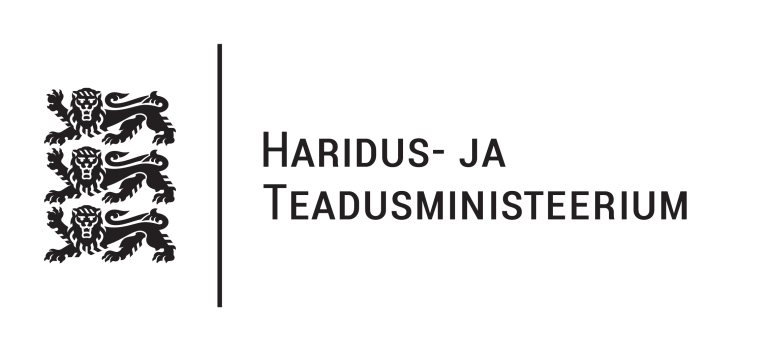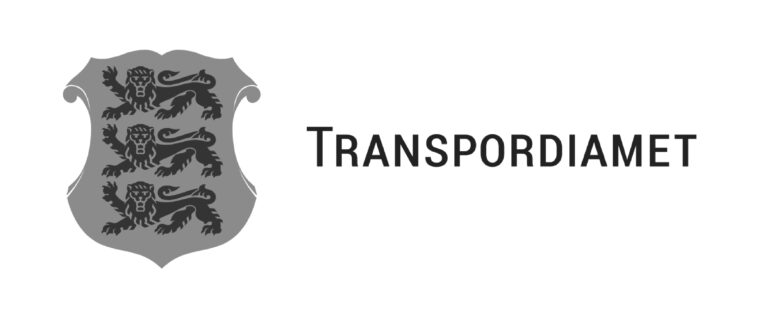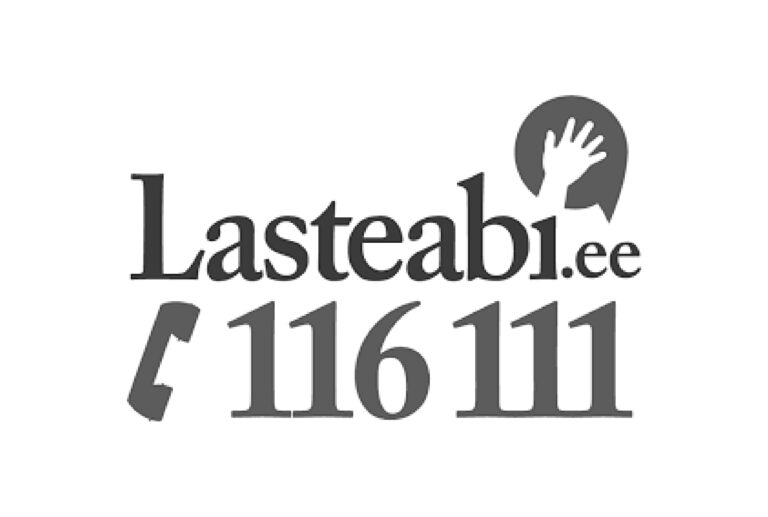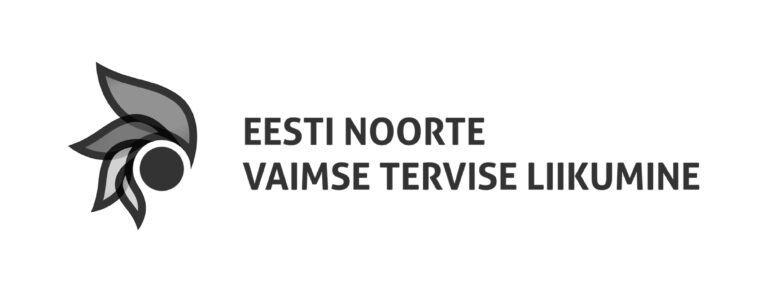Among other things, sexuality includes what gender you identity with (gender identity). A person’s gender can be defined differently and there is no single and black-and-white definition nowadays. Gender can be divided into various categories and subtopics such as biological sex, legal sex, social gender, gender identity and gender expression.
Gender
Gender is a part of a person’s identity. Gender consists of biological sex (reproductive organs, hormones and chromosomes), legal sex (gender marker on documents), cognitive gender, social gender (gender roles) and gender expression (appearance, mannerisms, etc.). When all these elements overlap, the person is cisgender. If the cognitive gender does not overlap with biological and/or legal sex, they are transgender.
Gender identity
Gender identity denotes a person’s deeply personal self-identification, their perception of their own sexual aspects and body. It also includes a person’s gender expression, including how they dress, talk and behave.
Gender identity is a person’s sense of which gender they are, i.e. who they think and feel they are – a woman, man, someone in between, or their identity may be a mix of several identity fragments. Or they may not identify with a gender at all. The vocabulary regarding gender and sexuality is poor in Estonian, as we have not discussed these topics enough and therefore we use many loanwords or anglicisms.
What someone’s gender identity is can only be discerned and determined by the person themselves, not by a bystander or a member of society.
Gender expression
Gender expression is understood as a person’s choice of clothing, hairstyle, jewellery, body language, gestures, etc., to emphasise their gender identity. Usually, a person’s gender expression reflects their gender identity, but this is not always the case. Gender identity is a reflection of a person’s inner self, while gender expression is something that is shown to other people. A person who identifies as a woman may express themselves in a more masculine way and vice versa – a person identifying as a man may prefer a more feminine way of expression.
It is also important to bear in mind that masculinity and femininity are social constructs – it is how society has framed masculinity and femininity.
Biological sex
Biological sex is assigned to people at birth based on their biological and physiological characteristics – reproductive organs and chromosomes. Based on that, we are divided into men and women. There are people who are born with atypical physiological traits and in that case we are talking about intersex people.
Intersex people
Nearly 2% of people are born intersex and it means that a person’s reproductive organs, sex chromosomes, hormone levels or other physical circumstances do not correspond to the norms of biological women or men. A person being intersex may be detectable at birth, but they may also find out when they are older. If a person has no complaints, it does not require medical intervention. One of the biggest problems is that intersex children are operated on without their consent, which may lead to body or identity issues later in life.
Legal sex
Legal sex is assigned to people at birth. There are two sexes assigned in Estonia – male or female, and it is indicated by the first number of their personal identification code. It is possible for people to change their legal sex.
There are countries that have created a third category in addition to male and female, such as Australia, New Zealand, Germany, Nepal, India and Pakistan.
Social gender
Social gender is how society and its members view and approach what a woman and her roles are and what a man and his roles are. Social gender influences stances and opinions on what is appropriate or feasible for one gender or another. For example, that women are by nature more caring than men or that men are better and more rational leaders than women. Such claims are stereotypes, i.e. ingrained attitudes towards gender norms and there is no real or factual reasoning behind them.
Social gender is not a definite inevitability that is unchangeable. It is a social construct – something that has developed over a long period of time.
Everything that humanity has constructed or created and shaped can be altered and redefined. Therefore, social gender as we see it today is nothing permanent or inevitable – it can be reshaped and we are already doing it. Just like our understanding of the roles of men and women differ from that of mid-20th century, we will probably have different perceptions in 20 years than we do today.
Transgender people (Latin trans – across)
Transgender denotes a person whose intuitive or social gender does not correspond to their biological and/or legal sex. For example, a transgender person may be born with a vagina and their documents indicate that they are female, but their cognitive gender is male. It is unknown how transgenderism develops. A transgender person’s transition may or may not include a name change, changing of documents (name, gender marker), changes in self-expression (make-up, clothing), hormone therapy and breast and genital surgery.
The article was written based on the website of the Estonian LGBT Association www.lgbt.ee and www.hiv.ee.
The Estonian LGBT Association is a non-profit organisation working for the benefit of LGBT+ people (lesbian, gay, bisexual, transgender people and people of other types of sexual and gender identities and expression).
www.hiv.ee is a website managed by the National Institute for Health Development. The National Institute for Health Development is a public research and development institution which conducts research on public health, disease prevention programmes and activities and promotes health.
Published on the youth information portal Teeviit in 2022.







